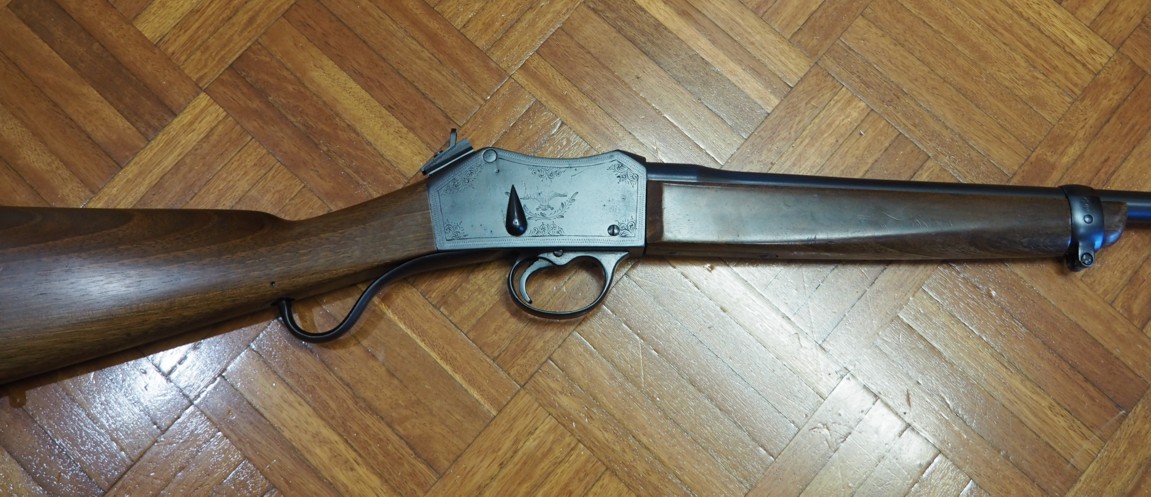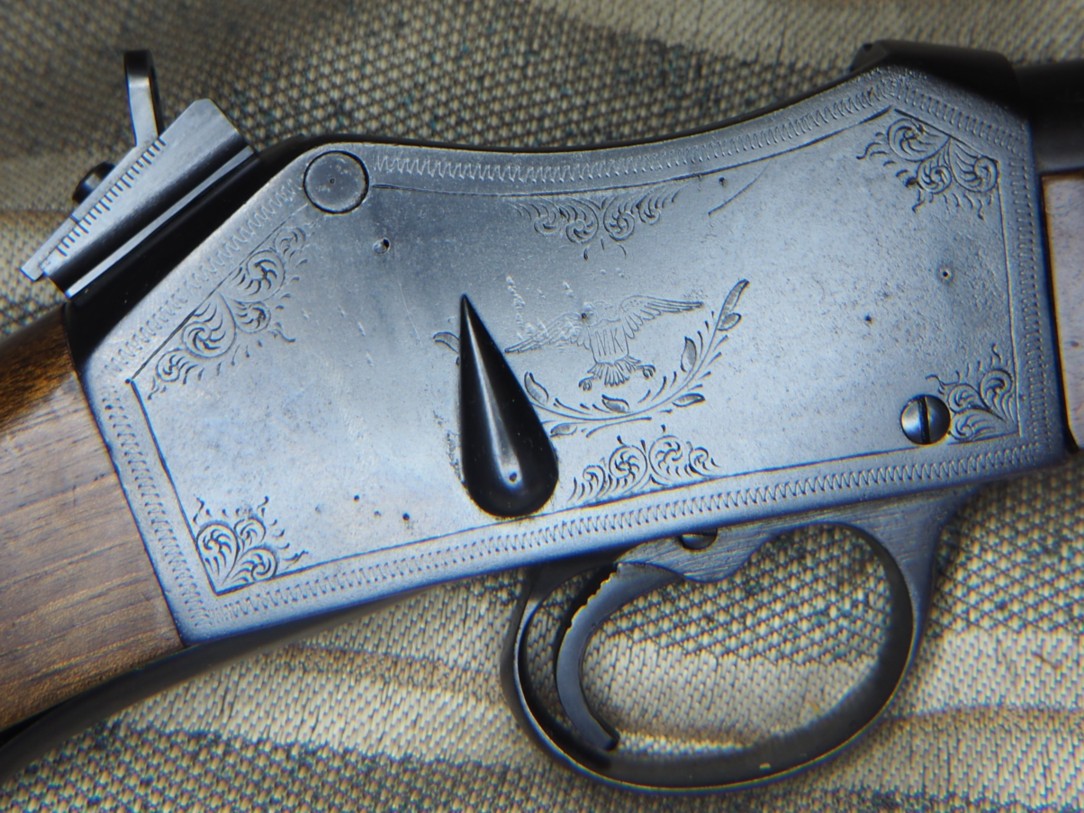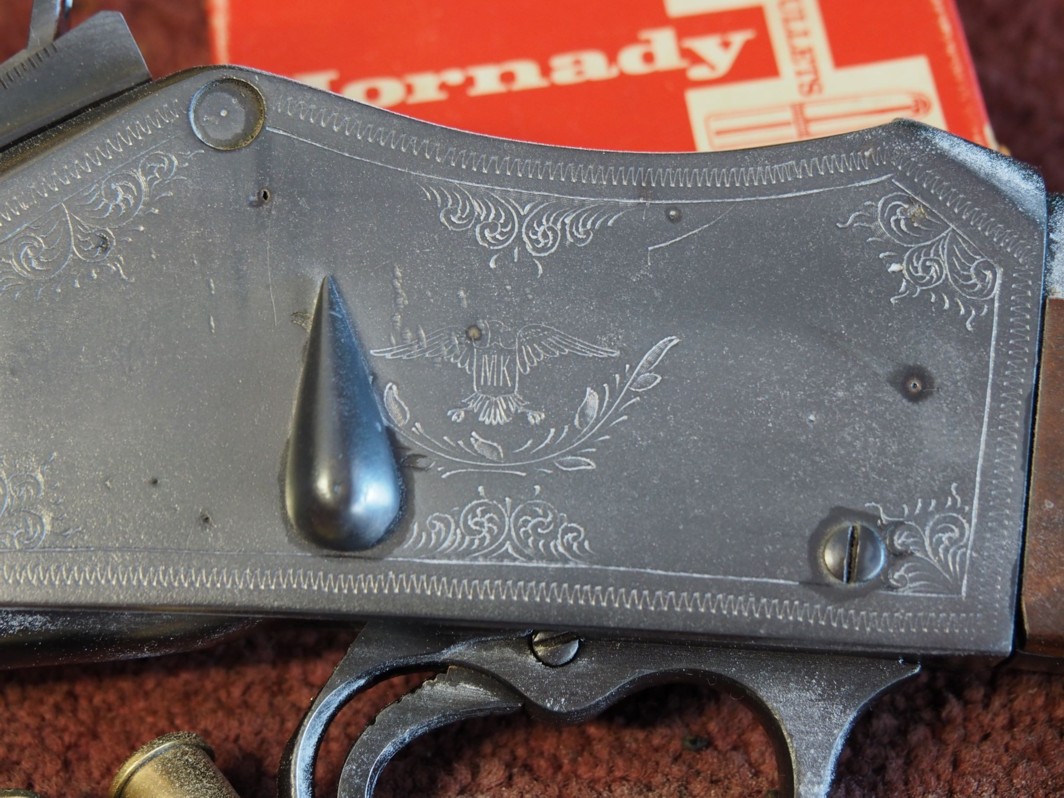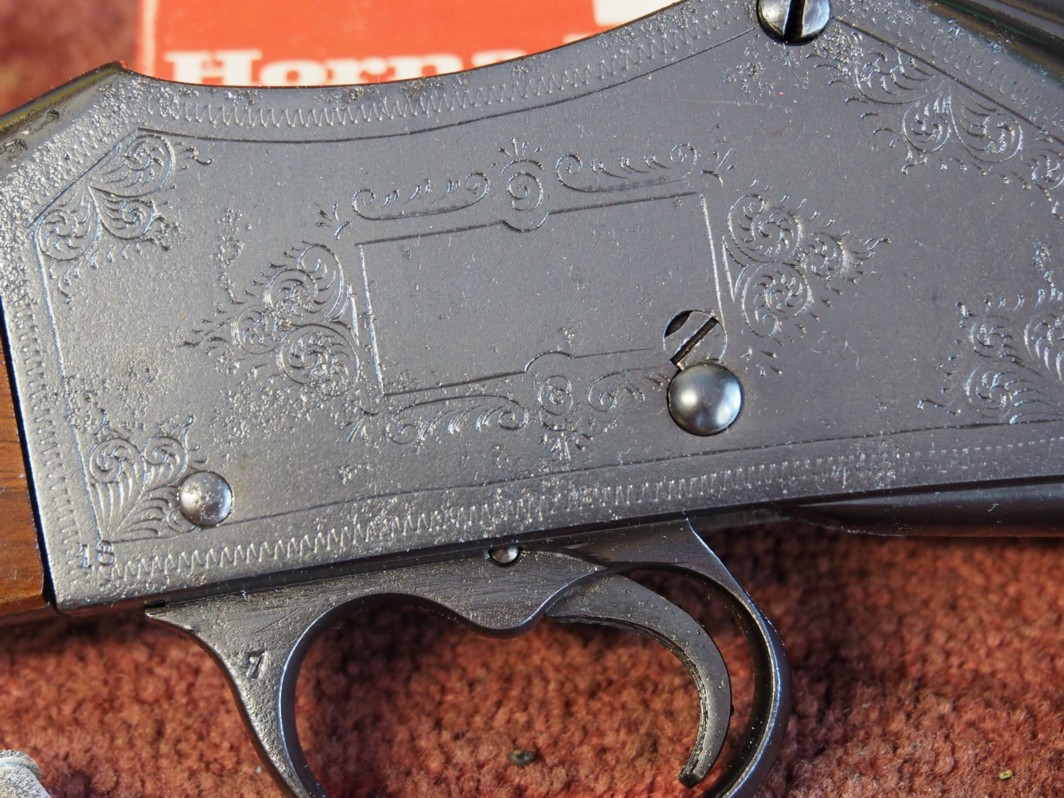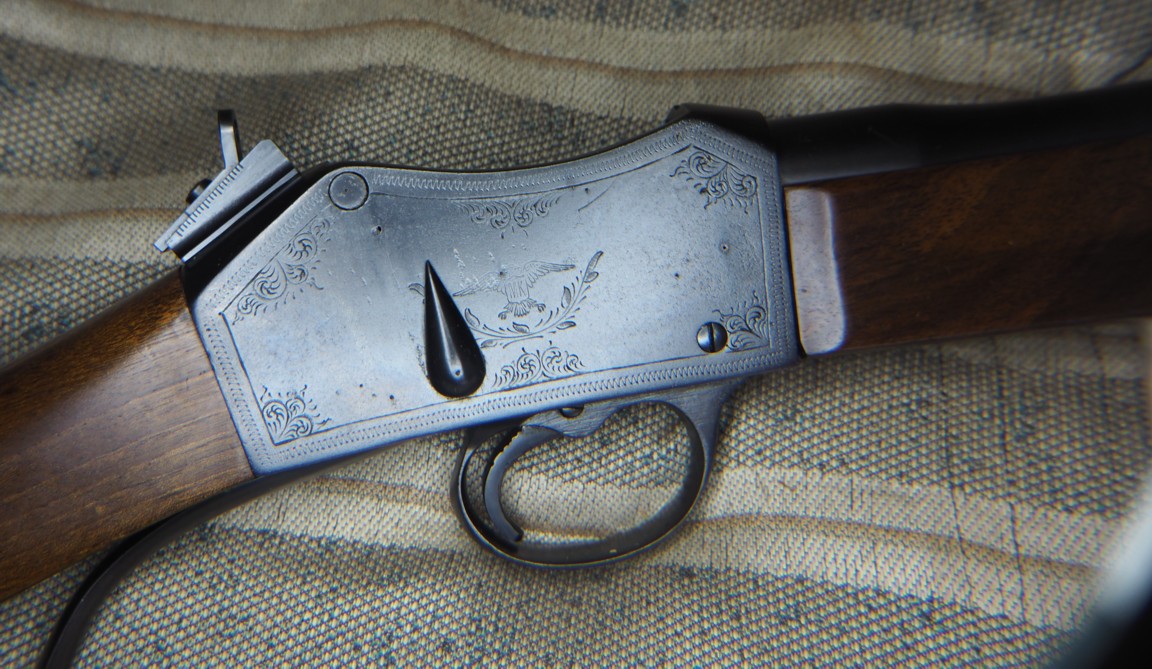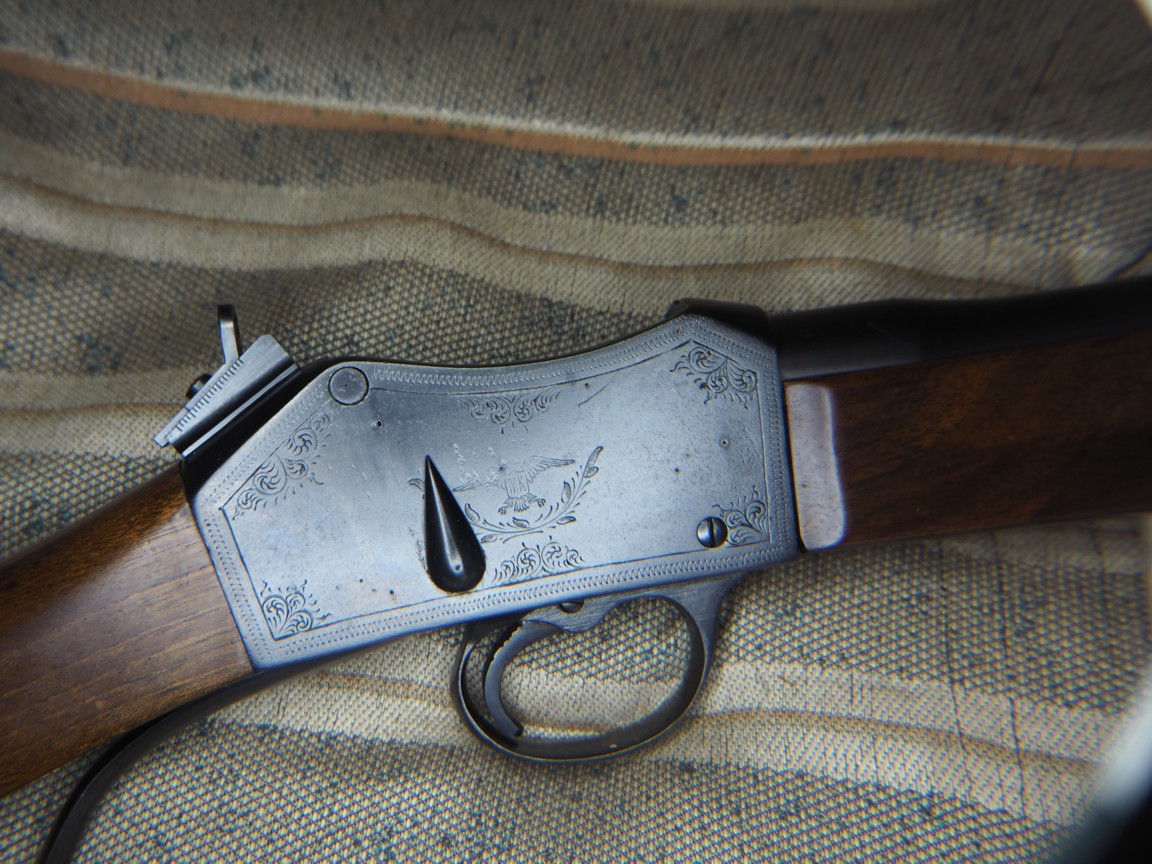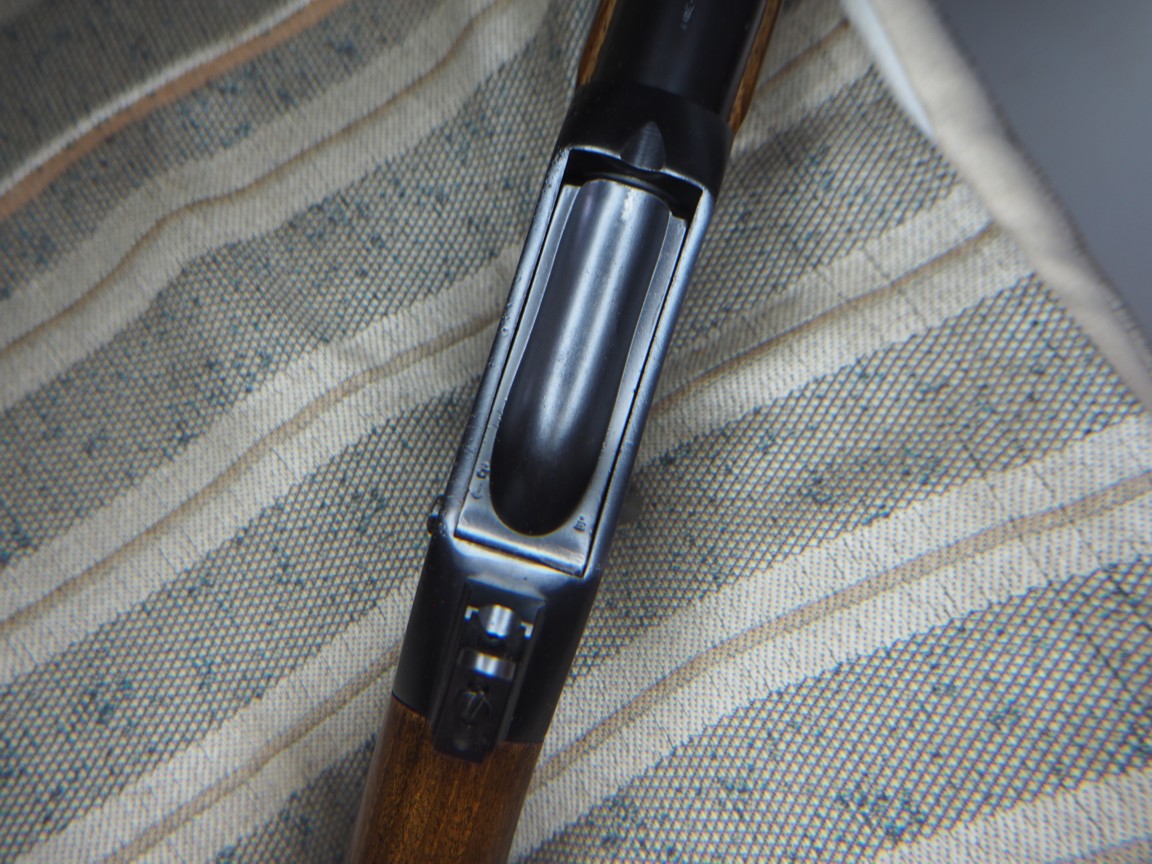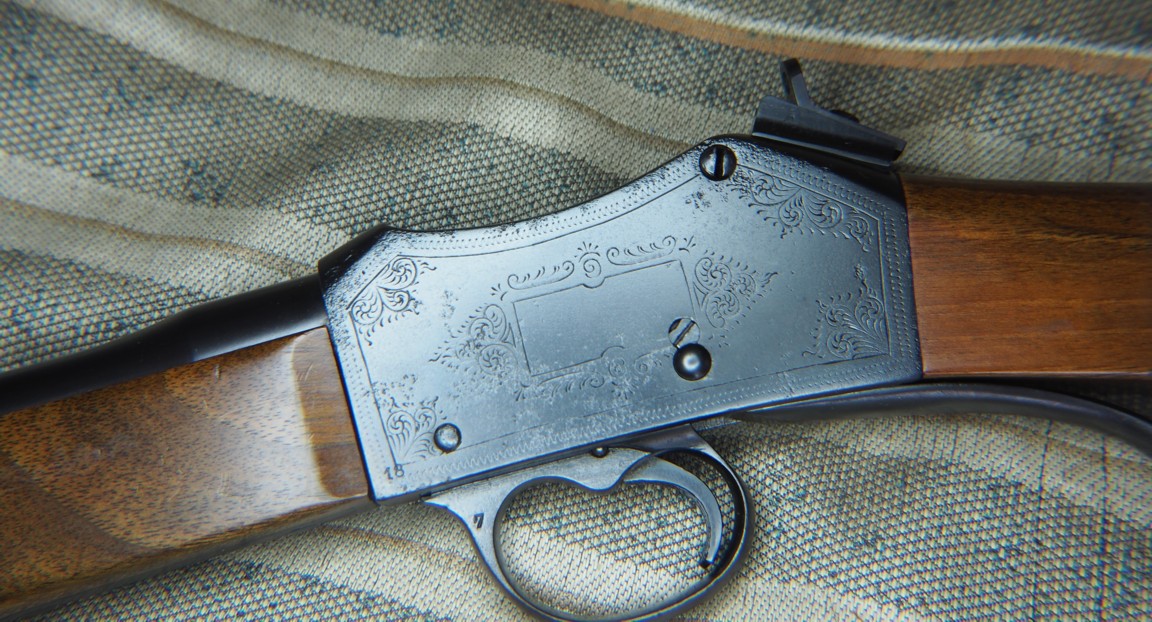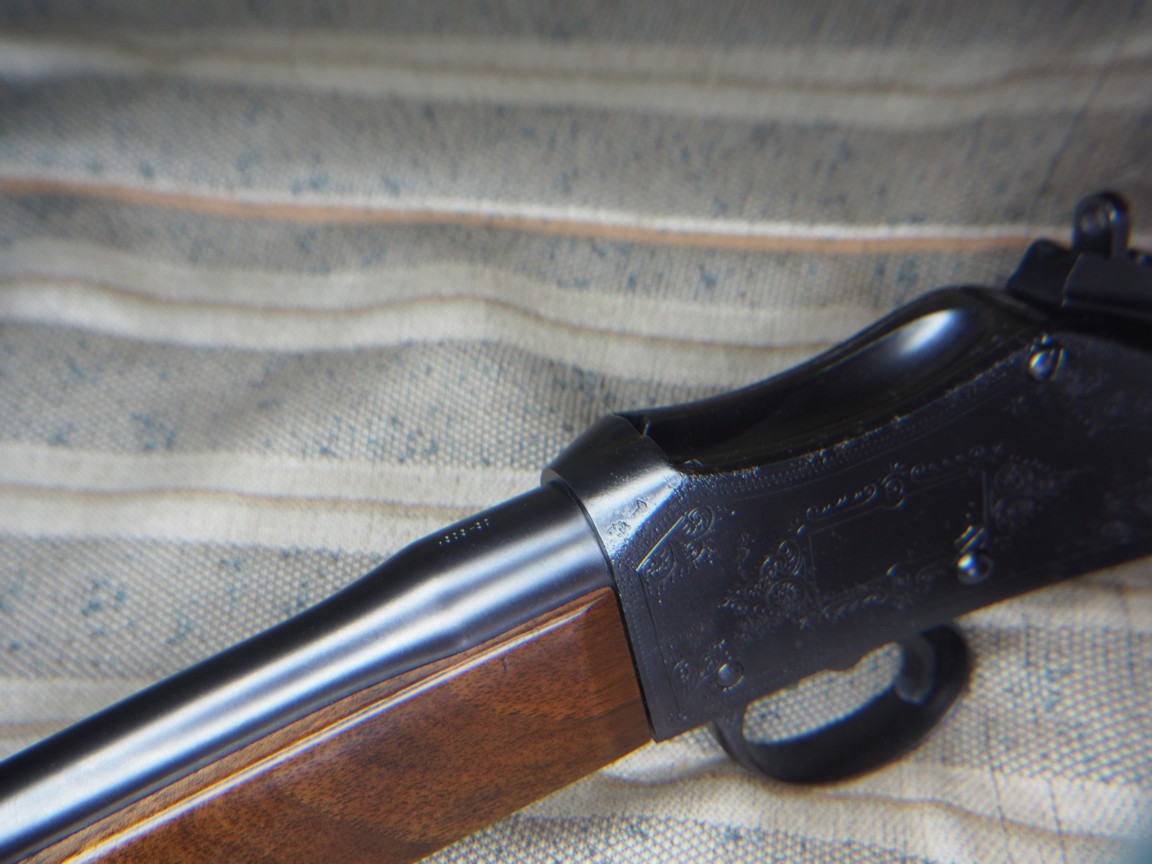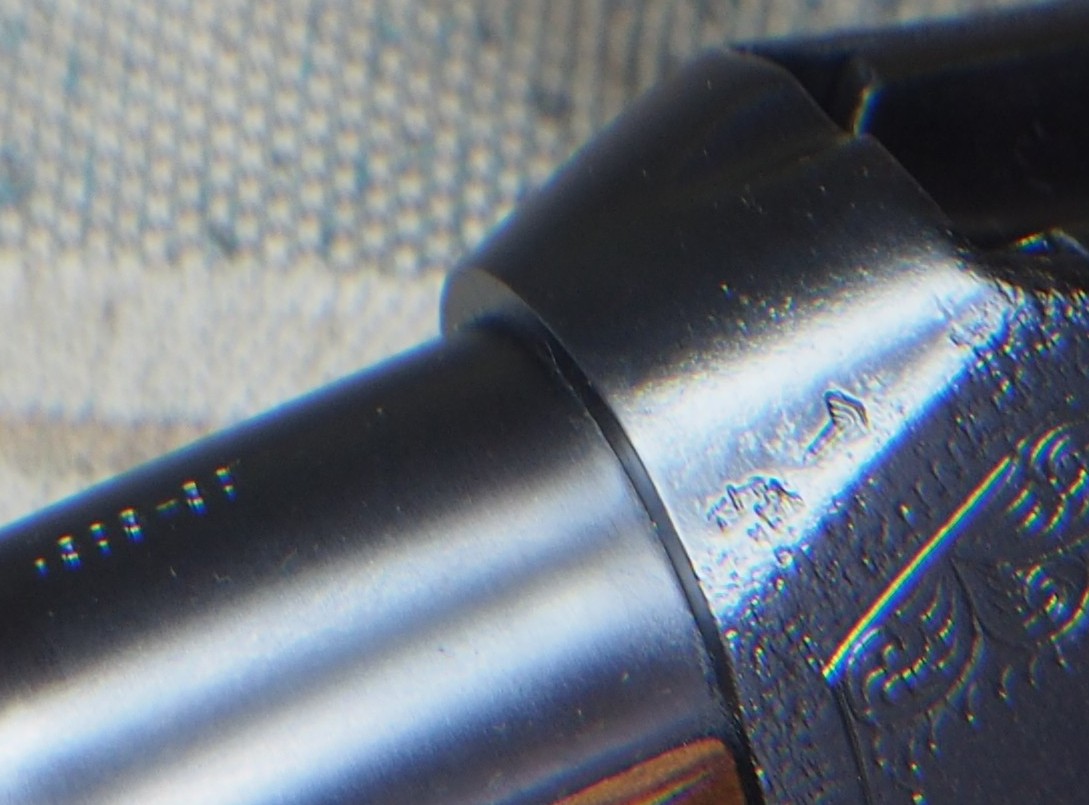Martini-Henry
This is a
Martini-Henry-type rifle, apparently beautifully crafted, with its engraved
breechblock and adjustable sights.
The
Martini-Henry is a single-shot, breech-loading rifle with a pivoting bolt action
and a trigger lever. The original weapon was adopted by the British Army in 1871
and modified over the next three decades (from the Mk I in 1871 to the Mk IV,
which ended its service around 1895 to make way for the Lee-Enfield). The
Martini-Henry was thus a symbolic weapon of the Victorian era and its
expansionist policies. Thanks to its robustness and reliability, it remained in
service for a long time in the British colonies and former colonies. It was
generally chambered in large calibers, such as .45, or 11.43 mm, and was often
criticized for its significant recoil.
On the
website, see:
http://www.littlegun.info/arme%20britannique/artisan%20m%20n%20o/a%20martini%20henry%20gb.htm
The rifle
presented here is of Liège origin, as evidenced by the markings visible in the
photos. Unfortunately, it is impossible to identify its manufacturer without any
direct evidence. However, the weapon does feature a monogram engraved in a
cartouche on the right side of the breech block, namely the initials MK. These
could correspond to the gunsmith who made the rifle (Max Knoll? Michael
Kaufmann?), but more likely to the initials of the weapon's owner. Markings:
Liège
Perron: Hallmark on the breech shank, which is the hallmark of the B.E.
inspector (valid from June 16, 1853 to the present day).
AE
(hardly legible), above the breechblock.
Star-marked J, control hallmark in use from January 27, 1877, above the
breechblock.
Cartridge
monogrammed "MK" within a bird (eagle?), right side of the breechblock.
Other
markings on the weapon would be necessary to determine its origin and date of
manufacture. As it stands, a period between 1877 and 1895 can reasonably be
suggested, with the reservations noted above.
Trivia:
The Martini-Henry rifle was mentioned by the famous English novelist Rudyard
Kipling (1865–1936) in several of his short stories. In particular, it plays a
prominent role in "The Man Who Would Be King." This short story was adapted for
the screen by John Huston in 1975, starring Sean Connery and Michael Caine, as
well as Christopher Plummer as Kipling himself. Numerous Martini-Henrys in
action can be seen in several scenes!
It's also
worth mentioning that one of the harpoon launchers used in Steven Spielberg's
1975 "Jaws" is derived from the Martini-Henry with its distinctive breechblock.
Chris, HPH, AD
